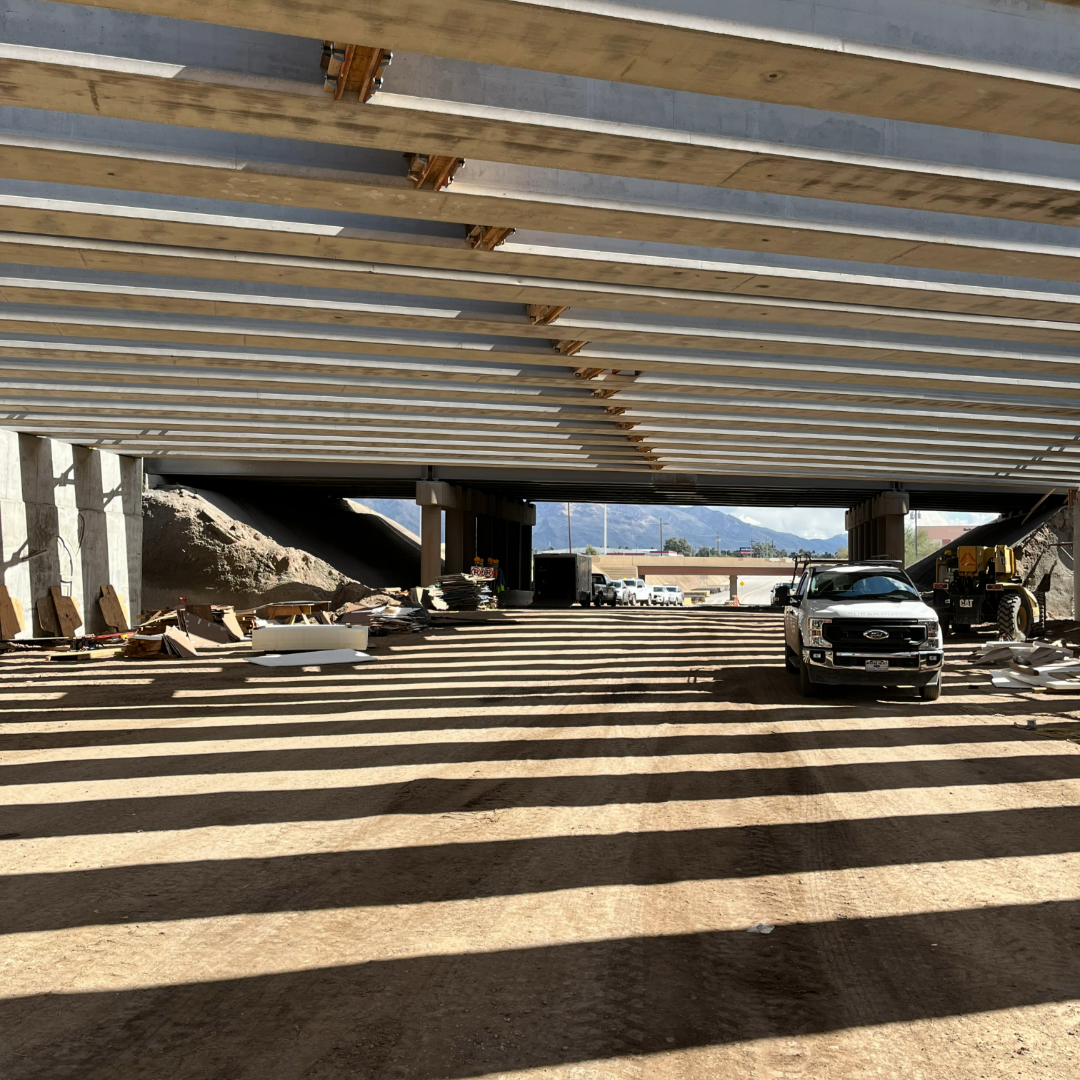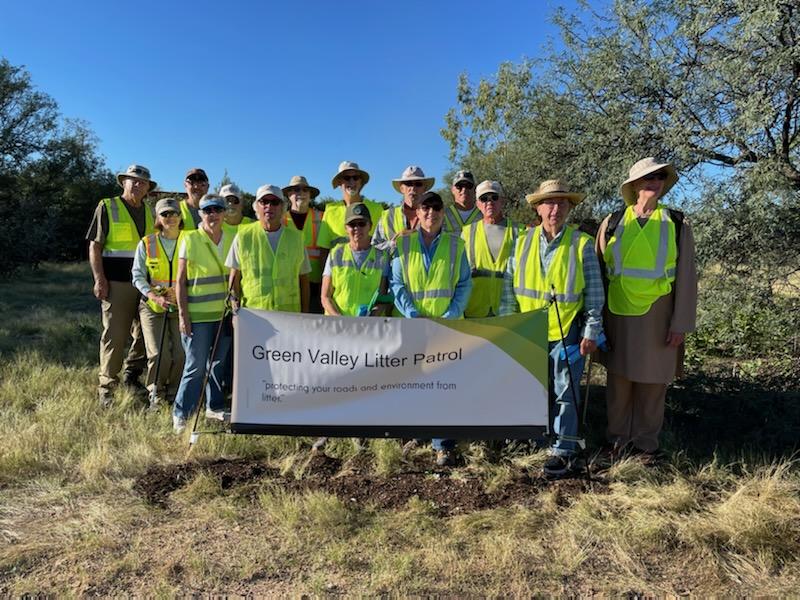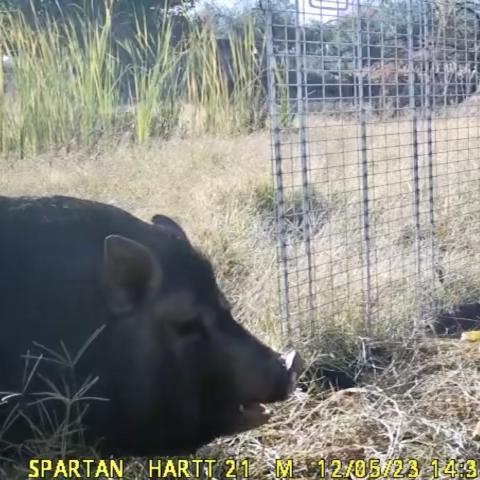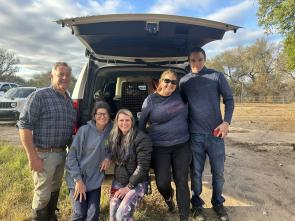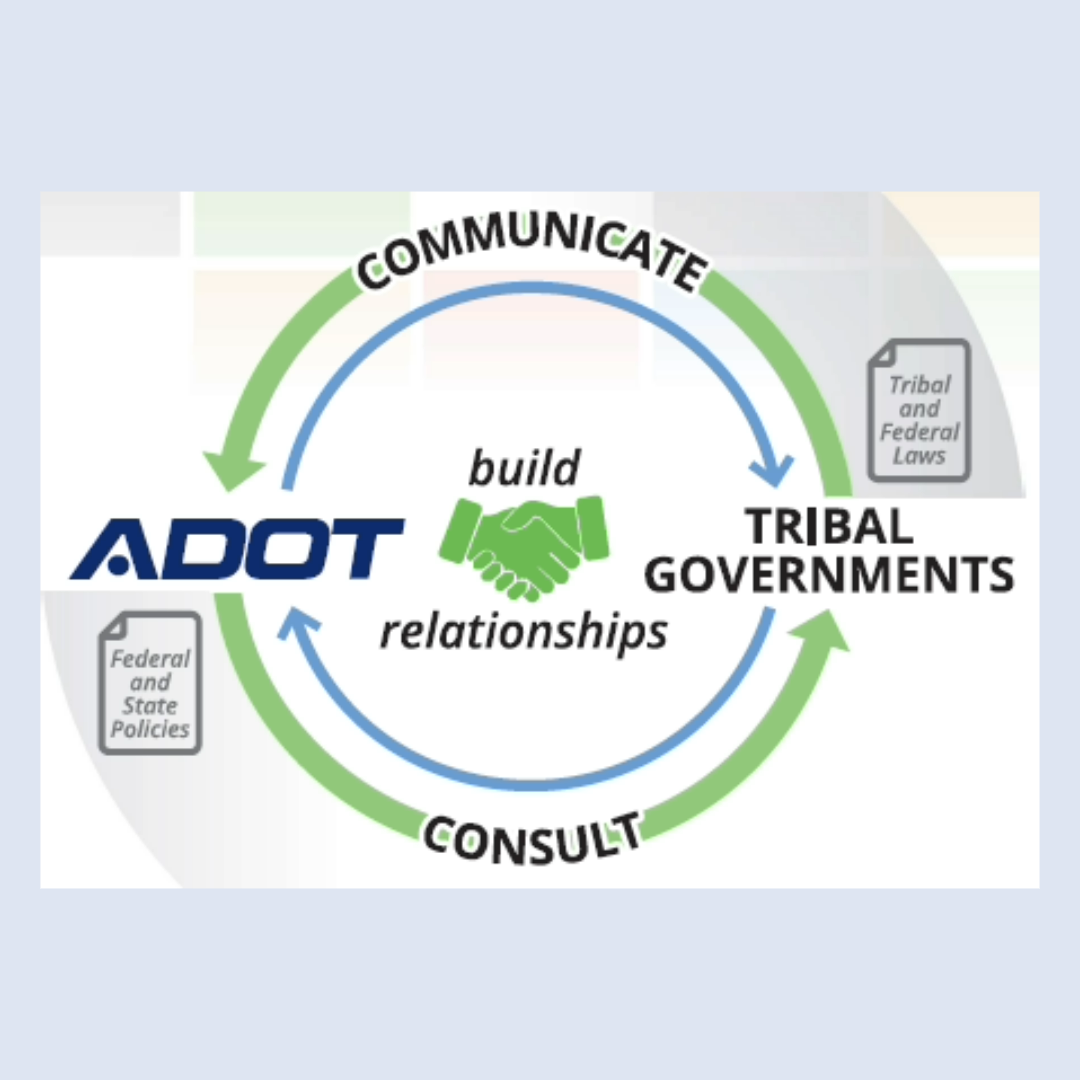Governor Hobbs helps ADOT mark its 50th anniversary
Governor Hobbs helps ADOT mark its 50th anniversary
Governor Hobbs helps ADOT mark its 50th anniversary
Governor Hobbs helps ADOT mark its 50th anniversary
Agency is honoring the efforts of staff past and present
PHOENIX – Arizona’s highways have existed almost since statehood in 1912, but the agency overseeing them, the Arizona Department of Transportation, is marking its 50th anniversary this month.
It’s all because state lawmakers, facing a booming population and accelerating transportation needs, decided to consolidate the Arizona Highway Department and Arizona Aeronautics Department as of July 1974. Since then, ADOT employees throughout the state have expanded the state’s transportation infrastructure, implemented new technologies and innovations, and provided safer and more efficient ways to keep Arizona travelers moving safely.
Governor Katie Hobbs marked this month’s milestone with a letter to ADOT staff highlighting the agency’s accomplishments and innovations, including not just highways but the AZ511 traveler information system and AZMVDNow.com, the online portal through which Motor Vehicle Division customers can conduct dozens of transactions.
“Most importantly, it is ADOT’s dedicated employees, past, present, and future, who shape our state’s transportation system through public service and leadership that ensures AZ families make it to their destinations safely,” Governor Hobbs said.
When ADOT was created, there were about 5,800 miles of state highway and the interstate system in Arizona was 86% complete. Since then, ADOT has added more than 1,100 miles to the state’s transportation system.
“Our state is more connected than ever,” ADOT Director Jennifer Toth said. “ADOT employees have worked hard over the decades to expand and improve Arizona’s transportation system. Because of that, people can safely travel throughout our state and businesses can grow.”
ADOT has had seven other directors over five decades, including Mary Peters, who served from 1998 until 2001, when she became administrator of the Federal Highway Administration (FHWA). In 2006, Peters became U.S. Secretary of Transportation. Former ADOT Director Victor Mendez also served in Washington, D.C., as FHWA administrator for five years, and then was U.S. Deputy Secretary of Transportation from 2014 to 2017.
The award-winning Arizona Highways magazine, which was founded in 1921, continued to be produced by ADOT. By inheriting Grand Canyon National Park Airport, which began operations in 1967, ADOT became the first state DOT with its own airport.
Arizona’s transportation system has seen a great many changes over the last five decades. Interstate 17 was completed to Flagstaff in 1978. In 1990, the Papago Freeway’s dedication in Phoenix marked the completion of I-10 through Arizona, and a year later ADOT completed the US 60 Superstition Freeway. Recent accomplishments include completing the Loop 202 South Mountain Freeway in 2019 and dedicating flyover ramps in Nogales connecting the important commercial route SR 189 with Interstate 19.
In terms of technology, ADOT was the nation’s first to develop a thermal camera-based detection and warning system to reduce the risk from wrong-way drivers and to deploy a pilot dust detection and warning system on 10 miles of I-10 between Tucson and Phoenix.
ADOT is fortunate to have a handful of employees who have been along for all 50 years.
“I get to work with and learn from some of the best and brightest people,” said Ed Green, a 62-year state employee who started with the Arizona Highway Department and now is a hazardous material coordinator in ADOT’s Environmental Planning Group.
“Not only ADOT, but the world has changed with the inclusion of available technologies that make our tasks easier and quicker,” said Tami Wollaston, who started as a draftsman nearly 51 years ago and currently is a transportation engineering specialist in ADOT’s Roadway Engineering Group.
“Over time this agency also has included necessary environmental and cultural features along state highways,” said LeRoy Brady, chief landscape architect in ADOT’s Roadway Engineering Group and a 50-year employee. “We’ve improved highways while maintaining Arizona’s unique beauty.”
In a note to staff, Director Toth pointed to the many ways ADOT has and will continue to safely connect people and empower Arizona’s economy by providing not just highway infrastructure but transportation services.
“Beyond highways, ADOT has evolved in many other areas as well – all thanks to the dedicated people who have worked to continuously innovate and improve the way we operate,” Director Toth said.


